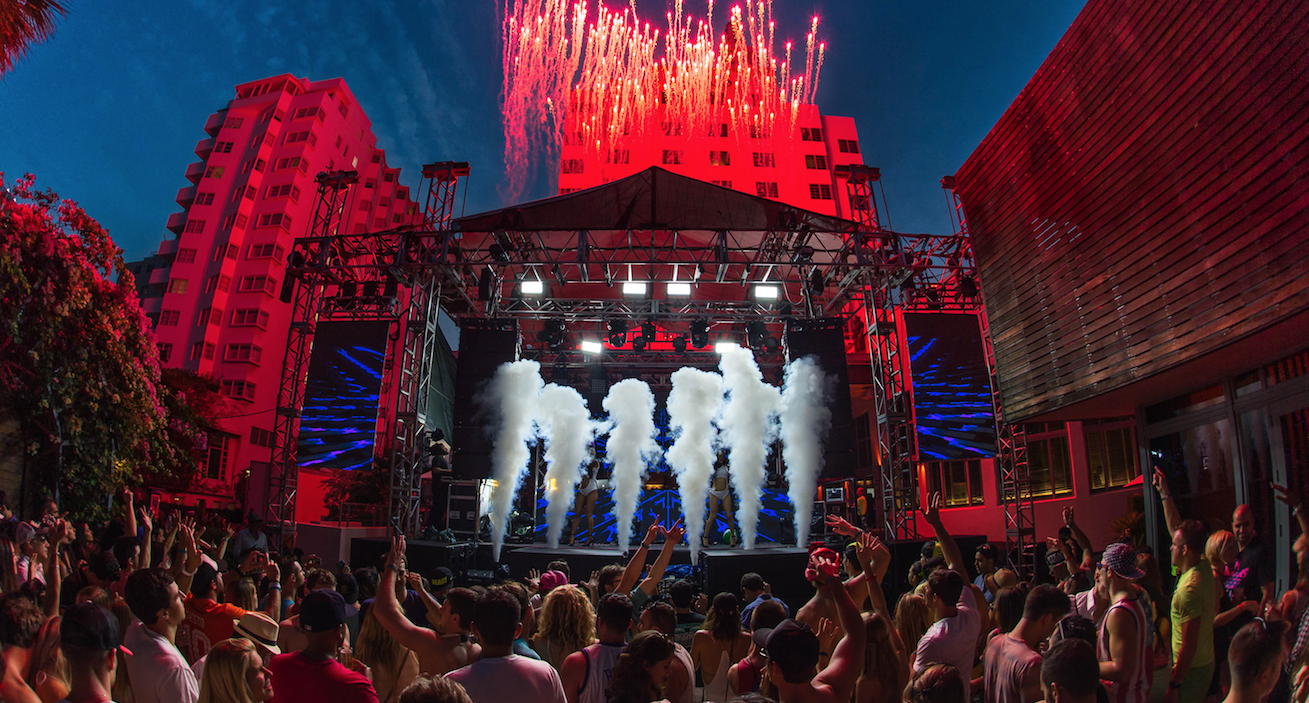Creative economy jobs are booming, but musos need more Federal government support

The topic of the earning capacity of Australian musicians emerged yet again in the wake of two recent sets of figures released.
One was the release of new research from QUT (Queensland University of Technology) that Australia is going through a creative boom with extra jobs – but these are not filtering through to those in music.
The other was news, reported exclusively in this country by TMN, that last week the British government promised £150 million (A$275.7 million) in investment across-the-board to strengthen its music sector and make it more globally competitive.
The issue is that most musicians earn less than the poverty line and have to take on extra work, and talk in the last ten years on how to increase that figure now has to turn to action.
The QUT research reported that Australia is currently going through a creative boom.
This was its finding from a detailed analysis of the 2016 Census.
Almost 600,000 work in the creative economy – which includes those employed in cultural production (film and broadcasting, music and performing arts, publishing and visual arts) and creative services (advertising and marketing, architecture and design, creative software and digital content).
This makes up 5.5% of the Australian workforce.
Of those, 162,160 are creatives.
Another 246,650 non-creative staff work in support occupations such as IT, accounting or sales.
The creative economy contributes more than $30 billion a year to Australia.
“The creative economy is in better shape than it’s ever been in, with jobs in creative services growing at three times the rate of the overall workforce,” said QUT Distinguished Professor Stuart Cunningham who led the research with Marion McCutcheon.
“The 2016 Census tells a story of continued strong growth in Australia’s creative economy.
“New analysis of the Census, and comparisons with previous Censuses going back to 1986, show that, as a share of Australian employment, the creative workforce grew from 3.7% in 1986 to 5.5% in 2016.”
The sad reality is that there is a wide discrepancy in incomes.
While the average pay in creative businesses ($76,200) is higher than that of the general workforce ($61,400), the average pay for creatives and supporting professions is about $60,000.
Making the most are digital content and creative software professionals, who earned 30% more than the Australian mean.
Prof. Cunningham added, “Our general image of creative workers as barely surviving is not borne out in what we can learn from the Census.
“However it is definitely still true that those in music and performing arts, and in visual arts, earn well below the Australian mean income – and their relative situation is stagnant or deteriorating.”
Part of the problem is that the Federal Government’s own figures for musicians are wildly inaccurate.
In 2015, in attempting to explain the Budget that year, a government website claimed that a young musician called Stephanie was earning $300,065 a year.
The indication was that the average musician was well and truly living a cashed-up lifestyle earning more money than an MP ($195,130) and professional AFL player ($251,559.).
The music industry quickly and sharply refuted the figures.
Data from the Australian Music Industry Network (AMIN) were that on average, the musicians it surveyed earned $50 to $200 a month before tax, or $200 – $500 monthly before tax.
On average, members were earning $1,000 – $5,000 monthly before tax from other extra work.
A 2011 report by Ernst & Young put the average income for a professional musician as between $7,000 and $12,000 per annum – well below the poverty line of $22,167.
Research released by the Australia Council for the Arts that while the average Australian professional artist works 45 hours a week, their earnings declined by about 4% between 2008 and 2015.
The study by economist David Throsby from Macquarie University found that in the 2014-2015 financial year artists earned a gross income of $48,400 on average.
Of that, $18,800 was from their creative work, $13,900 from related work (usually teaching), and $15,700 from a non-arts-related job.
Women artists earned 32% less than men overall and 44% less for their creative work.
There are a number of options including grants to top up the figure.
However, one that has been proposed by various associations and the Greens party is for Centrelink to recognise that being a musician or artist is a profession.
This would mean that it would provide support from appropriately trained caseworkers is to assist musicians or artists to find relevant work opportunities.
These would get specialist New Enterprise Incentive Scheme (NEIS) training and access to relevant Work for the Dole work experience.
The Greens further want the Centrelink test to be expanded to include what creatives need to improve their crafts – like free gigs or sharing the work they’ve done as part of an exhibition.
Various state governments and councils have free skills development programs; finding new gig opportunities; plans to turn empty government and council buildings to free spaces for rehearsals and performance.
But ultimately, the biggest impact would be a study to find options through Centrelink – and more important, start implementing these.






























